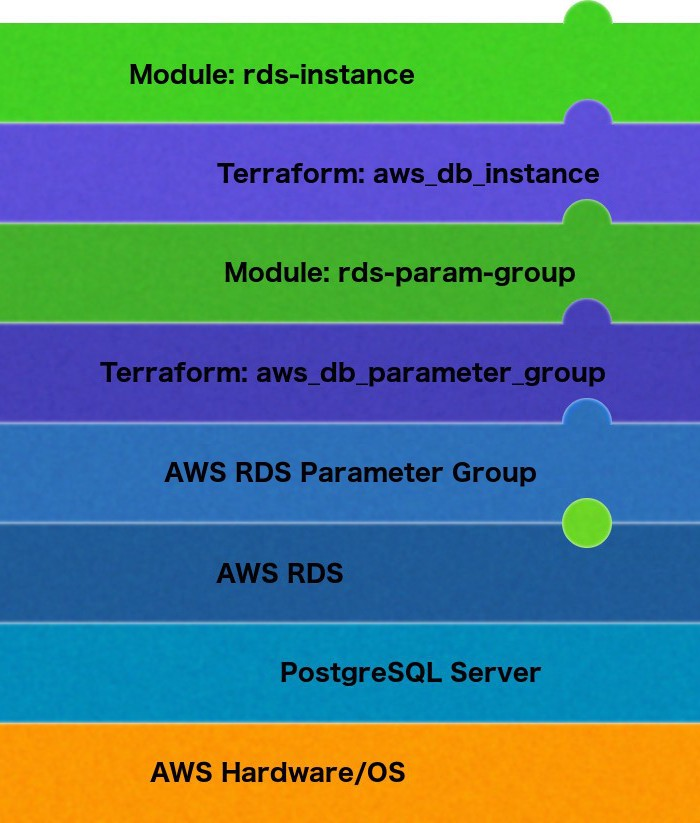

Terraforming RDS — Bonus Anecdote
source link: https://tech.instacart.com/terraforming-rds-bonus-anecdote-da1437b0403b
Go to the source link to view the article. You can view the picture content, updated content and better typesetting reading experience. If the link is broken, please click the button below to view the snapshot at that time.
Terraforming RDS — Bonus Anecdote
That time an abstraction bit us really hard
Thanks for making it all the way to the end of this series. See Part 1 for an overview of RDS and Terraform, Part 2 to get the basics of using Terraform with RDS and modules, and Part 3 to understand parameter groups. This last post is just a quick illustration of how the layers of abstraction hid a very important detail from us.


We were upgrading one of our databases from Postgres 9.6 to Postgres 10. We had a very large parameter group with dozens of parameters set. When we created the new parameter group for Postgres 10, we copied the 9.6 parameter group and made a few “improvements”.
CPUs gone wild

After the upgrade the CPU of the database started spiking on a regular basis, leading to significant problems in our application. It was all hands on deck, including AWS support, trying to diagnose the problem. Obviously, the changes we’d made to the parameter group were suspect, so we reverted it, using the Terraform for the 9.6 parameter group, back to exactly what it had been before.
The problems persisted.
After days of investigation, updates and reverts of parameters, and ongoing CPU spikes, someone said:
IMO we need a way to diff postgres configs directly, not just RDS parameter group settings
pg_settings
It occurred to me that we could compare the actual settings by looking directly in the database, so I poked around quickly and found this query:
select name, setting, unit from pg_settings;
This allowed me to pull all the parameter values from both an old copy of the original database and the new database. A quick sort and diff and I saw that one of the parameters was max_wal_size, which was set to 128in both databases, just as we specified in the parameter group resource:
parameter {
apply_method = "immediate"
name = "max_wal_size"
value = "128"
}The units column, however, was different. In the PostgreSQL 9.6 instance:
postgres=> select name, setting, unit from pg_settings where name = 'max_wal_size';
name | setting | unit
--------------+---------+------
max_wal_size | 128 | 16MB
(1 row)postgres=> show max_wal_size;
max_wal_size
--------------
2GB
(1 row)
In the PostgreSQL 10 instance:
postgres=> select name, setting, unit from pg_settings where name = 'max_wal_size';
name | setting | unit
--------------+---------+------
max_wal_size | 128 | MB
(1 row)postgres=> show max_wal_size;
max_wal_size
--------------
12MB
(1 row)
This is very different. With the “same” setting, but a unit of 1 megabyte, the entire max_wal_size is 128 megabytes, 1/16th of what we expected it to be.
We went back and looked at the AWS documentation. It did not say anything about a change to the units being used for this parameter. We put in a ticket for them to fix the docs. The response was that the docs would be fixed within a month 😬.
This explained the CPU spikes and all the other issues we were having — instead of checkpointing every 5–10 minutes, we were checkpointing more than once a minute! The combination of RDS and Terraform hid this change from us — we relied on the Terraform and believed that our settings were identical when they were not.
Recommend
About Joyk
Aggregate valuable and interesting links.
Joyk means Joy of geeK